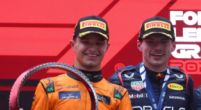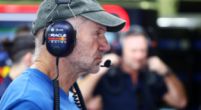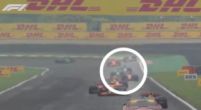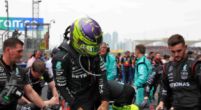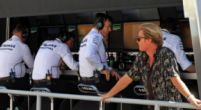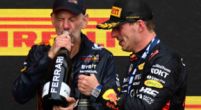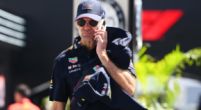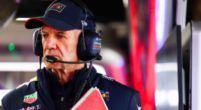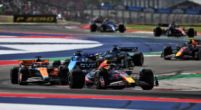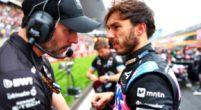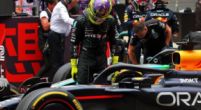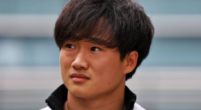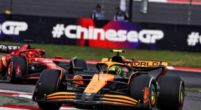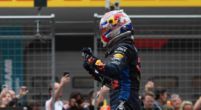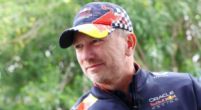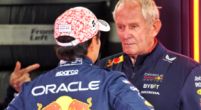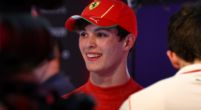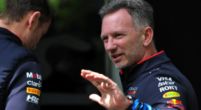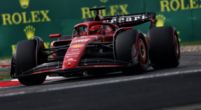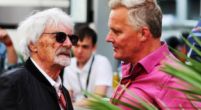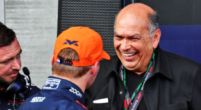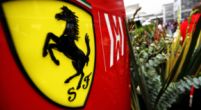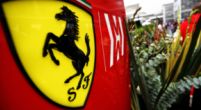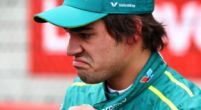General
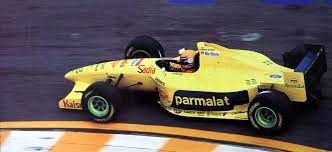
Entering F1 in the 1990s: 'There were six in the technical department'
In recent months there has often been talk about the entry of new teams into Formula 1 and all the obstacles that such a process can find in its way. But how were things in the 1990s? GpBlog spoke about this, among other things, with engineer Giorgio Stirano, who was active in Formula 1 between the 1970s and 1990s with Osella, Alfa Romeo and Forti Corse, as well as being an expert witness for Williams during the investigation into Senna's accident.
The Forti Corse adventure
Of all the teams Giorgio Stirano has worked for, the last was Forti Corse. The team debuted in F1 in 1995 and the Italian engineer was its sporting director, called in directly by founder Guido Forti. The debut went like this: "Forti found Pedro Paulo Diniz and brought him to a discrete career in Formula 3000. He [Diniz] belongs to a wealthy family of entrepreneurs in the commercial field. They had supermarkets, they had a very good contact with Parmalat, a very good relationship with Bernie Ecclestone and so they decided to try Formula One."
Initially the paying driver Diniz does not get a super-licence, but then something changes. "[Ecclestone] needed money from Parmalat to do the Brazilian Grand Prix, of course, Parmalat agreed with Diniz because the Parmalat sponsorship had been handled as a discount on supplies to the supermarket chains that the Diniz family had, so they agreed and finally super licensed Diniz."
Forti could then start racing in Formula 1. Expectations weren't high and the car had some disadvantages, but the first season went well. Stirano said: "If we look at the results, every second car more or less made it to the bottom. Then we missed out on a sixth place in the last race in Australia, which was the one that gave points at the time, because Moreno came into the pits, spun in the pit lane, and stayed there."
Expectations were high for the second season, but there was one problem: Diniz's money was no longer there. "Diniz was approached by Bernie Ecclestone, who invited him to switch to Ligier. At that point, there was no money". This happened because a contract had never been signed between Diniz and Forti. "I told Forti 'Tutèlati' and Forti told me 'No look, they are good people, just a handshake is enough'" At that point, Stirano tried to dissuade Forti from continuing, but the team was entered anyway, even though it would later retire after a difficult half-season.
Designing a car in the 1990s
To design the car for its Formula 1 debut, Forti turned to Sergio Rinland, who had also worked for Benetton, Brabham, and Sauber, among others. Stirano said: "Rinland can't come to Alessandria [Forti's headquarters] right away because he had a contract until the end of '94 with Dan Gurney in the United States. So we set up an office in Los Angeles and in addition to being the sports director I was also the project manager. We didn't talk remotely like we do today and the file shipping was what it was, back then I would go back and get the cassettes with the files Rinland designed."
Distance in those days was no small problem, as were the new safety regulations. "In '95 you had to make the car pass the crash tests, which was quite a demanding job that nobody was doing," explained Stirano, pointing out that nobody in the team at the design stage had thought of that. The car was then built according to the rules, but "it weighed 30 kg more because there was no time to optimise these things". However, the first Forti, despite these picturesque episodes, was one of the first cars in Formula 1 history to be designed entirely by computer.
Entering F1 yesterday and today
Stirano is confident in his assertion that entering Formula 1 was easier some 30 years ago. "Today, economic interests are creating a whole series of barriers to entering Formula One. Back then it was quite easy: you had to make a deposit of $400-450,000, which served as a minimum guarantee. Even the money to be recovered through sponsors was much less: "12 billion lire - so six million euro today - was enough to make a decent entry-level in F1."
"And in the technical department, there were six or seven of us more or less. Now there are 300-400-500," he said. For Stirano there is also another factor that can discourage a new team, and that is the number of GPs: "You increase the costs and you also increase the pressure on the teams. We used to do 14-15 Grands Prix, now they want to do 24. It becomes heavy, I mean you're always going back and forth'.
"There used to be 10 places [that gave entitlement to money], for the teams from 1 to 10. It's clear that the ones behind were fighting". The teams used to enter without any problems, then they had to survive. Now things are different: "Now the problem is the division of costs for 10 teams. It means that if an eleventh enters, the cake is divided, so it is essentially an economic fact."
In this regard, Giorgio Stirano comments on the Andretti-Formula 1 affair. "They don't want it because they are stupid, because, in my opinion, it is a mere economic matter". Then he continues: "You can't make the statement from Liberty media that says 'We don't do anything with Andretti'. You can't say anything to Andretti, because not only is Andretti Mario a legend in the United States, but there's his son who has raced all the business they do in Nascar, Indy Car, Formula E, in Extreme E."

